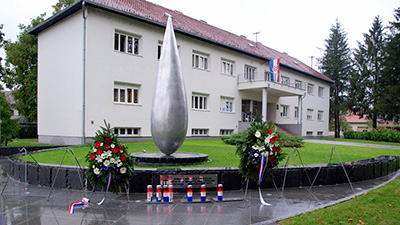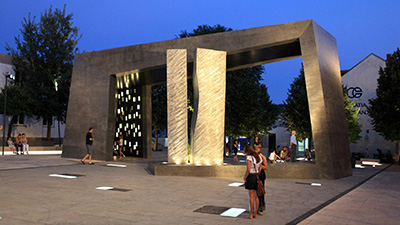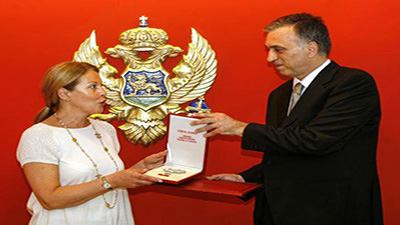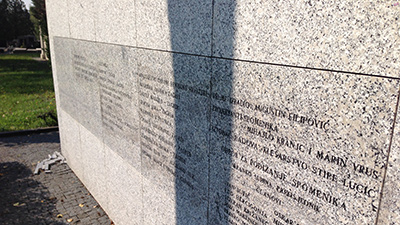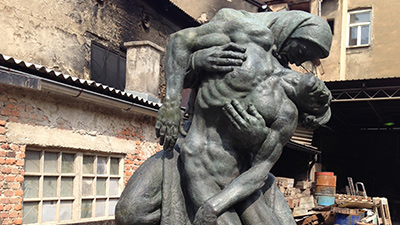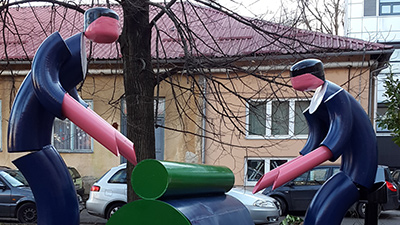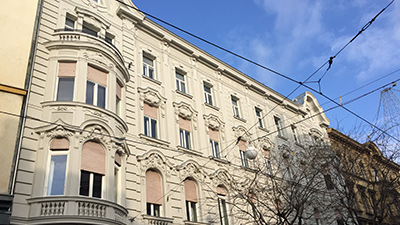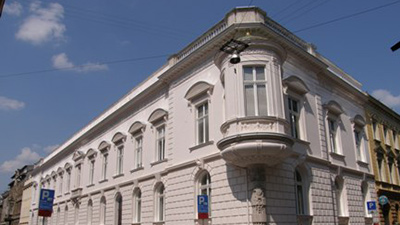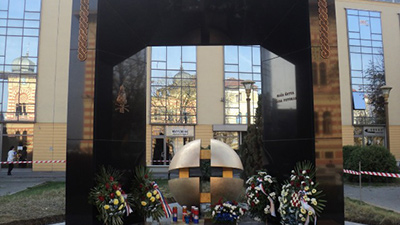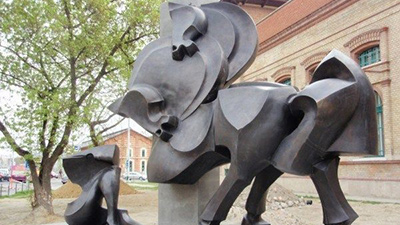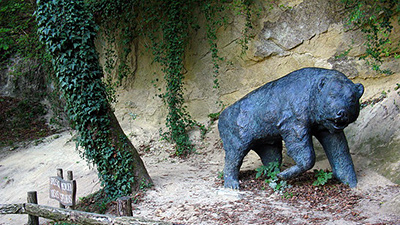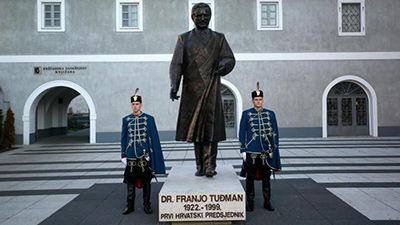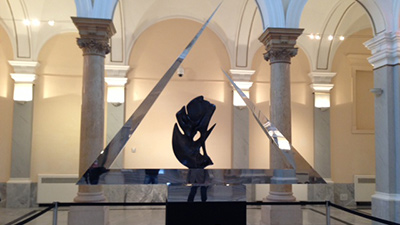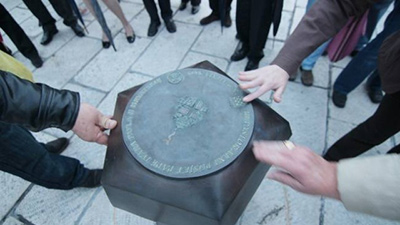SCULPTURE RESTORATION AND CONSERVATION
Outdoor bronze and stone sculptures need maintenance to preserve their beauty and integrity.
Pollution, acid rain, pigeons and other such influences all contribute to the acceleration of bronze corrosion.
The removal of dirt and the regular waxing of a sculpture is of the utmost importance in the conservation of sculpture, for that procedure prevents deterioration of the patina.
Ljevaonica umjetnina ALU (the Art foundry of the Academy of Art in Zagreb) restores and maintains indoor and outdoor bronze and stone sculptures, in the foundry and in situ.
We use a technique that leaves no residue at the site and is gently applicable to the surface of the metal.
We restore very carefully respecting the look of original patina and avoiding the use of corrosive chemicals that could damage the original surface.
Many statues and monuments have much of their original patina intact beneath layers of dirt.
Cleaning and reviving is necessary when some areas of patina have deteriorated to a much greater extent than others.
To prevent the sculpture from looking patchy, we do a necessary amount of re-patination to equalize the statue’s colour.
We also recommend cleaning and reviving if the original patina has taken on a dull and dark appearance.
We deal with all kinds of sculpture and monument repairs, from breakages, missing components, to the rectifying of structural faults.
If parts of a statue need to be re-made or replaced, we can make and cast replicas identical to the original articles in our foundry.
Regarding full restoration, we advise it only in the most extreme cases, particularly when the original patina has deteriorated entirely and the statue has become disfigured.
In these cases, corrosion must be removed by hand until the statue’s surface is entirely exposed.
Experts from the Croatian State Conservation Institute take pattern of the original patina and analyze it in their laboratory. According their recommendation Ljevaonica umjetnina ALU prepares the new patina.
Re-patination is then carried out in the traditional manner just as it would have been undertaken in the foundry where the statue was originally made.
Finally, a protective wax coating is applied with soft burnishing brushes.
Milka Bubić Jakić



